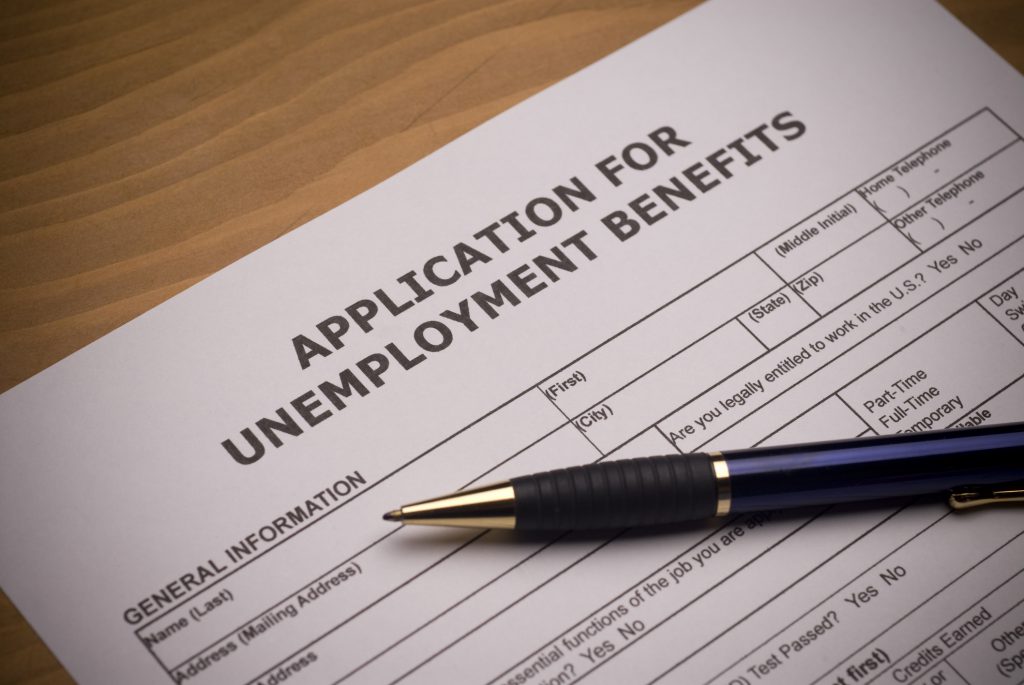
A new UCLA working paper examines the correlation between recession length and lost manufacturing jobs.
Long-term employment declines in the manufacturing sector haven’t just hurt the manufacturing sector – it also has led to longer economic recoveries following a recession, according to a new working paper from UCLA professor Edward E. Leamer.
Leamer took a look at recent economic recessions and periods of economic decline in the U.S. and analyzed some of the factors that make them last as long as they do. Through a regression analysis, Leamer identified the number of manufacturing jobs — prior to the 2008 recession in particular — as the biggest predictor of the length of an economic recession, with more manufacturing jobs meaning that the recession would last longer.
The reason is strikingly simple. In a recession, normally jobs are lost and then created again as the economy eventually starts to grow again. But when it comes to manufacturing, where overall manufacturing jobs have declined since the 1980s, whenever a recession hits and workers lose their jobs, unlike in other industries, a good chunk of those jobs have not come back.
That means an area with more manufacturing jobs before the recession hits will feel its impacts for longer than an area with fewer manufacturing jobs.
“An important takeaway is that employment in durable manufacturing in [recessions in the earlier part of the 20th century] had a distinct V-shape,” Leamer wrote, referring to a graph that illustrated a quick rebound by manufacturing in previous recessions. “But in [more recent] recessions, jobs in durable manufacturing traced out an L not a V,” meaning that instead of quickly returning, the plateau at a lower level than before the recession hit.
“Sectors that are growing have layoffs in recessions followed by recall opportunities, but sectors which are shrinking while the economy is growing have mostly permanent displacements in recessions, which requires workers to find new jobs in new locations, with new skills and new aspirations,” Leamer wrote. “That can make recoveries longer.”
So what does it mean that the length of recessions are longer when more manufacturing jobs are lost?
Well, it means that reversing the decades-long trends of decline in the manufacturing sector will have major macroeconomic ramifications for the United States by shortening the time the entire economy is in recession by ensuring that there are new manufacturing jobs for workers to return to.
The paper also has major implications for policymakers, who ought to consider a greater focus on lifting up communities where manufacturing jobs have left in order to make them resilient for the next recession.
“But surely the best policy would focus directly on the affected communities, with counseling and retraining and relocation assistance,” Leamer opined in his paper.
Though recessions may seem an abstract topic on the surface, it is important to constantly keep them in mind and to be prepared to mitigate them to be as short and non-disruptive as possible. Economic recessions are a natural part of the constantly-occurring phenomenon that economists dub “the business cycle,” though it is up to policymakers to determine how long they are to last, and how detrimental they ought to be for the average American.
Through Leamer’s study, we can now say with some confidence that a lack of manufacturing jobs will draw out these recessions. If manufacturing workers lose their jobs in the swings of the economy, we must take action to ensure more of those factory jobs return. Otherwise, those workers will remain unemployed, dampening economic productivity and destroying the local economies of manufacturing communities.
With chances for another recession increasing, policymakers must work proactively right now to reshore manufacturing jobs and ensure they are growing — not decreasing. Investing in infrastructure and supply chains, maintaining and strengthening Buy America preferences, and enforcing trade laws are a good place to start.
That will give us our best odds at minimizing the next recession’s impact and keeping it brief.
